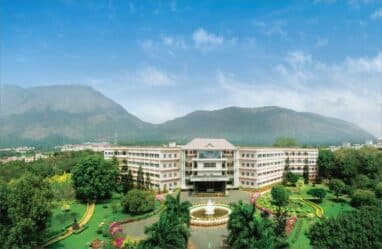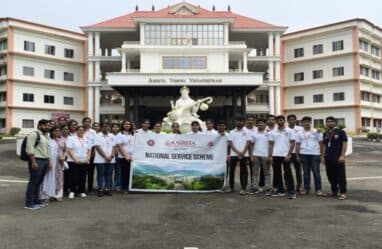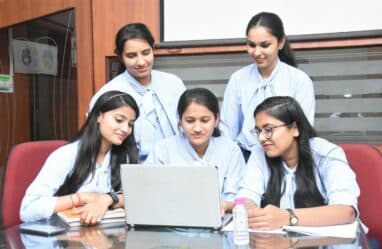IIT Guwahati, IIT Mandi and CSTEP release great report

IIT Guwahati in collaboration with IIT Mandi and CSTEP in Bengaluru, released district level climate risk assessment report recently.
The report is titled “District-Level Climate Risk Assessment for India: Mapping Flood and Drought Risks Using IPCC Framework,” its release is said to be a significant step towards addressing climate change challenges.

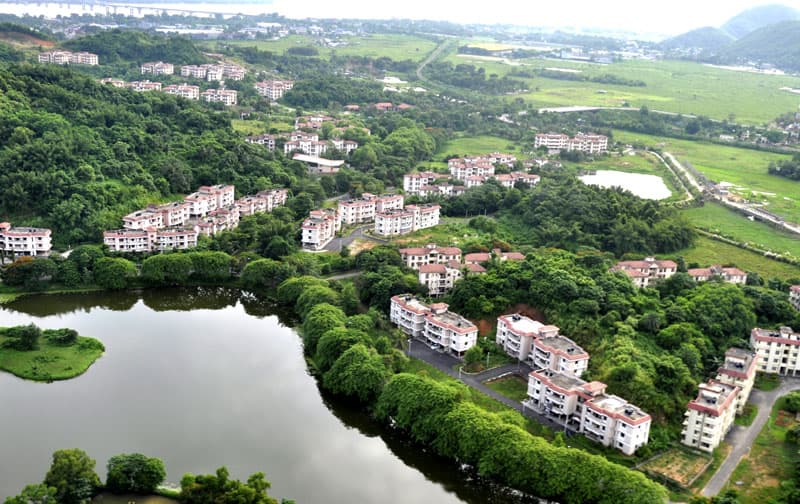
Dr. Susheela Negi, Scientist-F, DST; and Dr. Swati Jain, Scientist-E, DST, in the virtual presence of Prof. Devendra Jalihal, Director, IIT Guwahati; and Prof. Laxmidhar Behera, Director, IIT Mandi were also among those present.
Key researchers contributing to the report, including Prof. Ravindranath from IISc Bangalore, Dr. Indu K. Murthy from CSTEP, Bengaluru, Dr. Shyamasree Dasgupta from IIT Mandi, and Dr. Anamika Baruah from IIT Guwahati, were also present.
Challenges
Dr. Anita Gupta, Head of Scientific Divisions, DST, emphasised, “Climate change is one of the most formidable challenges of our time, impacting agriculture, livelihoods, and every aspect of life.

No single entity can address this alone—it requires collective efforts and innovative frameworks, said Dr Anita.
Through this report we take a significant step towards identifying vulnerabilities, assessing sensitivity, and addressing challenges faced by local communities at risk.
Translating these findings into on-ground actions is essential, and the insights must reach every stakeholder at both national and state levels.

This is just the beginning, as India moves forward with a balanced adaptation and mitigation strategy to achieve a cleaner, greener, and climate-resilient future, she said.
‘Together, we will fast-track our goals for a Viksit Bharat and Net Zero Bharat by 2047.’
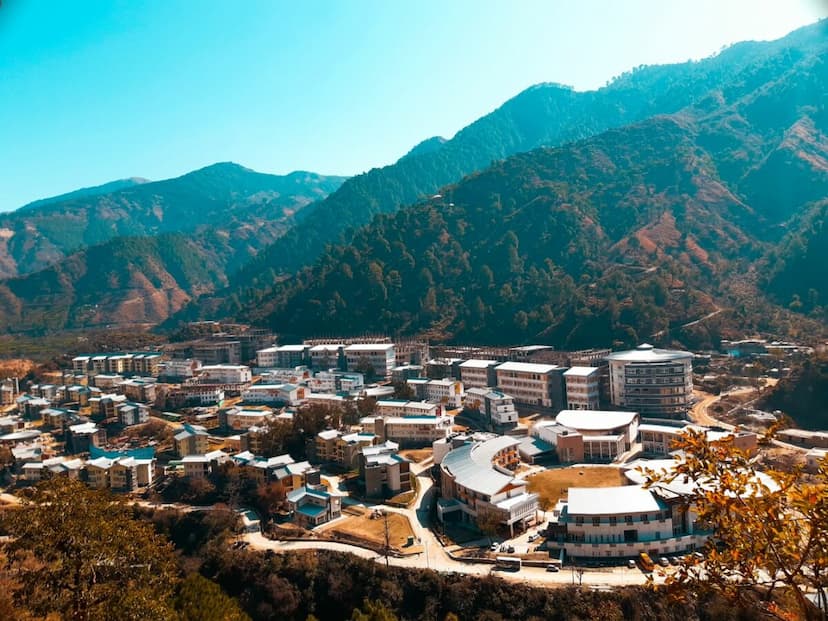
Using the Intergovernmental Panel on Climate Change (IPCC) framework, the study identifies the dual challenges posed by floods and droughts and highlights their disproportionate impact on vulnerable populations, say sources from IIT Guwahati.

Mr. Pierre-Yves Pitteloud, Senior Regional Advisor, SDC, highlighted, “Achieving sustainable development requires a careful balance with climate resilience.
For regions like the Himalayas, it is crucial to integrate climate adaptability with economic growth. With its rapid economic expansion and diverse climate challenges, India has a unique opportunity to set an example, he said.
Addressing climate change demands collective efforts on both national and global scales, along with sharing knowledge for sustainable management.
The next step involves formulating actionable strategies, as we all share the responsibility of creating a greener, more sustainable future, he said.
Map
This report builds on the earlier Climate Change Vulnerability Map for Himalayan States, released by the same team in 2019.
Director of IIT Guwahati
Prof. Devendra Jalihal, Director, IIT Guwahati, said, “India’s agrarian society is deeply dependent on the monsoon, making the challenges posed by climate change, such as droughts and excessive rainfall, increasingly critical.
This report, a collaboration between DST, SDC, provides a comprehensive risk assessment for over 600 districts, offering invaluable insights for effective mitigation strategies, said Director of IIT Guwahati.
‘I applaud IIT Guwahati, IIT Mandi and CSTEP researchers for this significant contribution.’
The findings underscore the urgent need for tailored, region-specific adaptation strategies to enhance resilience, he said.

Ø Flood Risk: Fifty-one districts in India face “Very High” flood risk, with 118 more categorised as “High” risk. Vulnerable regions include Assam, Bihar, Uttar Pradesh, West Bengal, Gujarat, Odisha, and Jammu and Kashmir.
Ø Drought Risk: Ninety-one districts are identified with “Very High” drought risk, and 188 districts face “High” drought risk, primarily in Bihar, Assam, Jharkhand, Odisha, and Maharashtra.
Ø Dual Risk Areas: Alarmingly, 11 districts, including Patna (Bihar), Alappuzha (Kerala), and Kendrapara (Odisha), are at “Very High” risk for both floods and droughts, necessitating immediate interventions.
Integration
The study integrates climatic hazards, exposure, and vulnerability to offer a comprehensive view of district-level risks, say sources from IIT Guwahati.
It aligns with the Prime Minister of India’s 10-point agenda for disaster risk reduction and highlights the direct impacts on people and livelihoods, paving the way for data-driven adaptation planning, say sources from IIT Guwahati.
Also Read – IIT Madras and CMC Vellore develop great robot
S Vishnu Sharmaa now works with collegechalo.com in the news team. His work involves writing articles related to the education sector in India with a keen focus on higher education issues. Journalism has always been a passion for him. He has more than 10 years of enriching experience with various media organizations like Eenadu, Webdunia, News Today, Infodea. He also has a strong interest in writing about defence and railway related issues.


